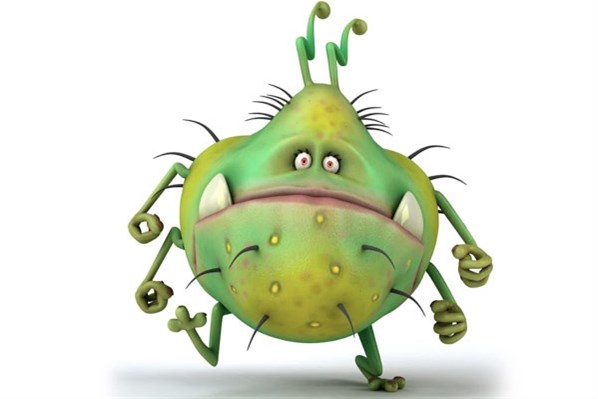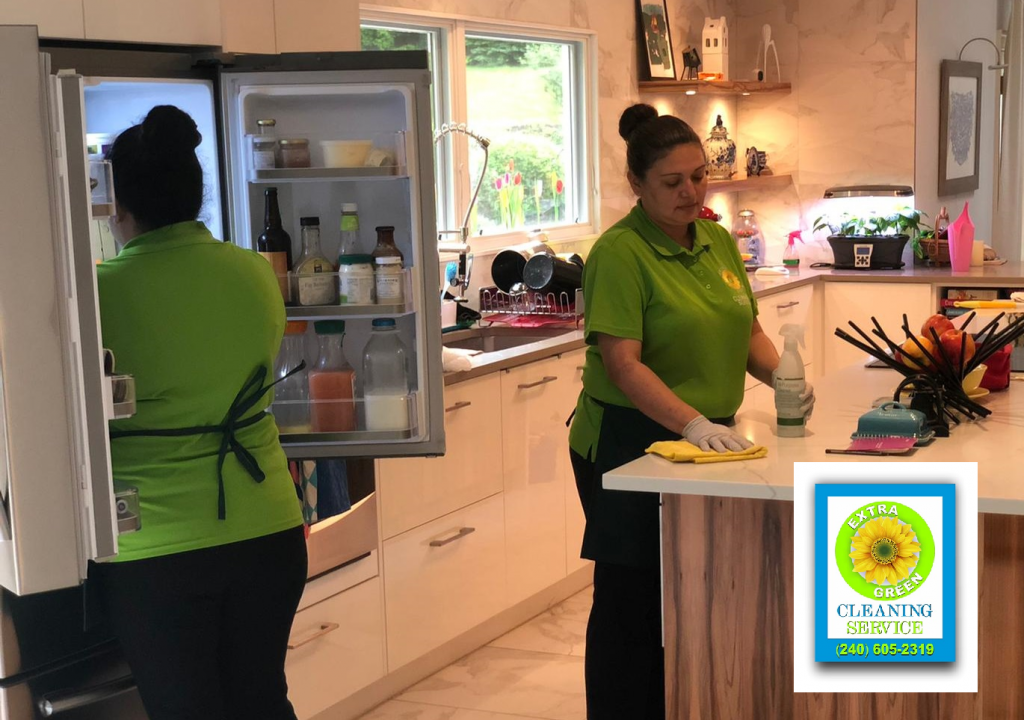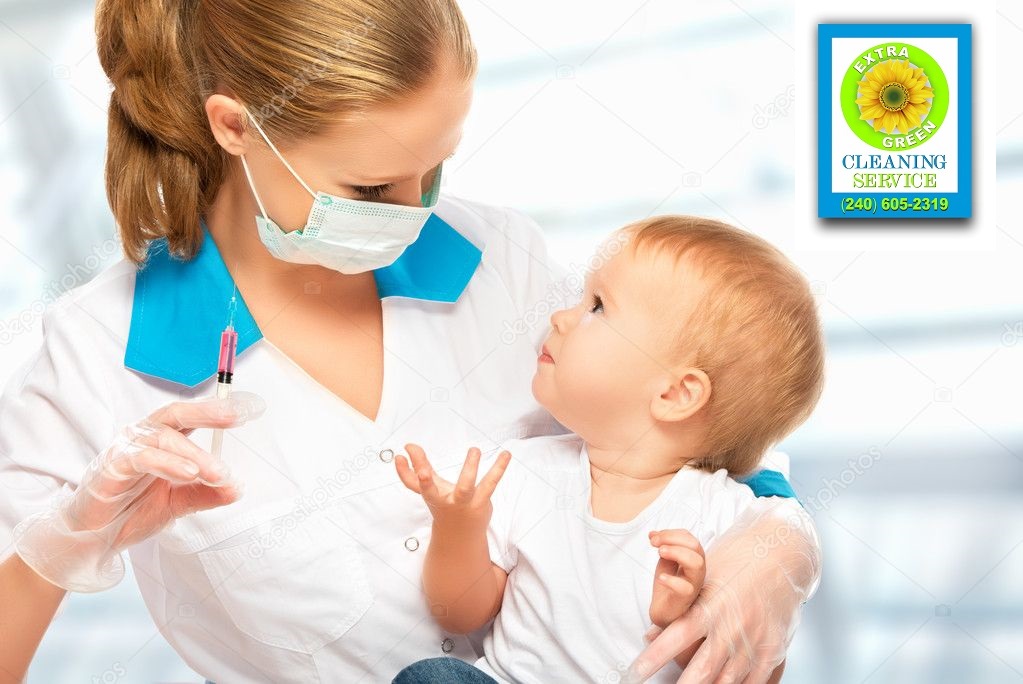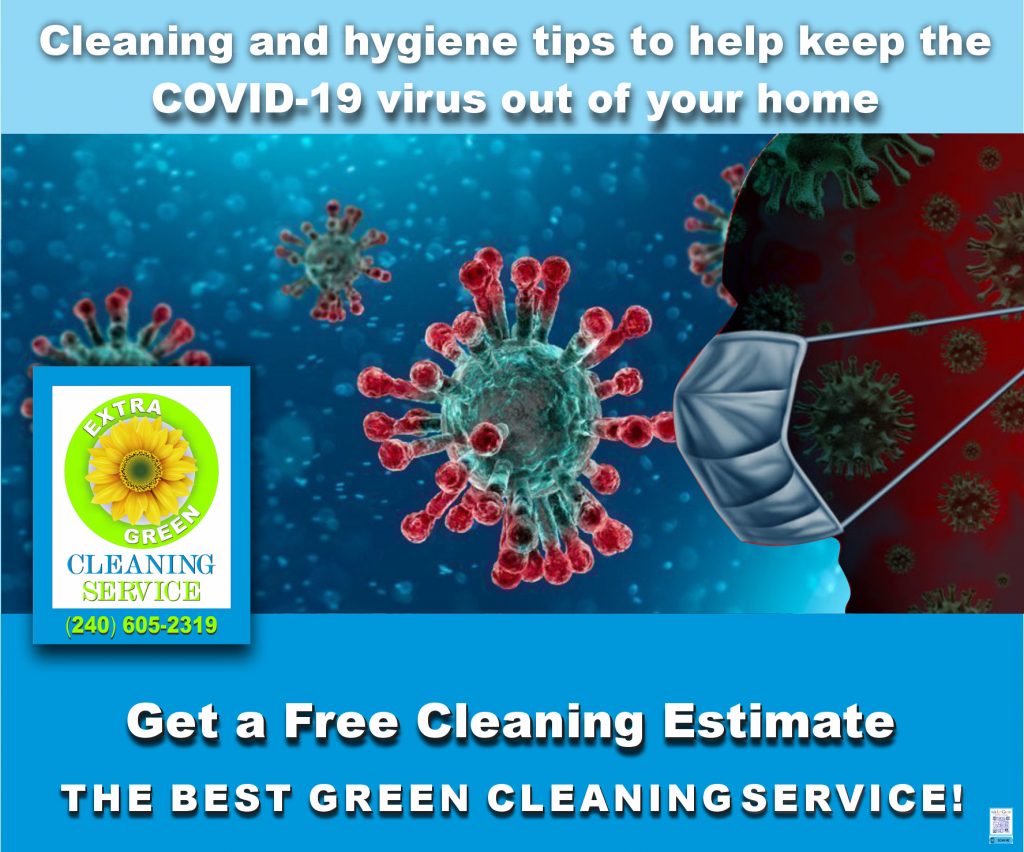GERMIEST ITEMS IN YOUR HOME
KITCHEN SPONGE/DISH RAG
You’ve heard this before, and yet the item used to “clean” dishes and countertops is still the filthiest thing in most homes, says Reynolds. Residential sponges and cloths routinely test positive for illness-causing bacteria, such as Salmonella, E. coli, and Staphylococcus, as well as the influenza virus; the damp material is also a breeding ground for mold. With every swipe, you could be spreading that gunk all over the place. No wonder the FDA has banned sponges—which tend to be more hazardous than quicker-drying rags—from commercial kitchens.
CLEAN UP: After each use, rinse the sponge or cloth in hot water, wring it out, and let it dry in a ventilated soap dish or spread out over a towel bar. At the end of the day, and after every raw-meat encounter, sterilize a wet sponge by popping it in the microwave for one minute (emphasis on “wet”—a dry sponge could catch fire); toss rags in the laundry. Clean countertops daily with a disinfecting spray and switch to a new sponge every couple of weeks.
KITCHEN SINK
This area typically harbors more than 500,000 bacteria—ten times the amount found on the average toilet seat. Blame the fact that most people clean the commode regularly, but the basin where raw produce is rinsed? Not so much. Uncooked fruits and vegetables and knives and cutting boards that have come in contact with raw meat are loaded with potential pathogens. Add moisture and scraps of food, which encourage germ growth, and suddenly you have a population the size of Seattle in your sink.
CLEAN UP: A couple of times a week, and after you prepare raw food, wet the sink and scour with a scrub brush to get rid of any bacteria adhered to the surface. Pay particular attention to the germ hotspots around the drain and garbage disposal. Spray the faucet, basin, and your brush with a solution of ¼ cup of chlorine bleach and one quart of water or full-strength hydrogen peroxide or, try a natural antibacterial product. Let sit for ten minutes, then rinse.
TOOTHBRUSHES
You deposit germs from your mouth onto your toothbrush daily. Then you leave it to dry in a damp bathroom, possibly across from the toilet, where the bristles can become contaminated with the airborne bacteria released with every flush—heard enough? “You can get sick from using your own toothbrush and you can keep reinfecting yourself,” noting that bugs such as E. coli, Listeria, and Strep—not to mention mold—may be lurking between the bristles.
CLEAN UP: Allow toothbrushes to air-dry in an upright holder (away from the toilet, if possible). You can also significantly reduce the number of germs wafting through the bathroom by closing the lid when you flush. Once a week, run toothbrushes—and the holder if it’s safe—through the dishwasher’s sanitizing cycle to kill bacteria. Replace brushes every three months or after you’ve been ill.
ELECTRONICS
Remote controls and computer keyboards—which are handled by the whole family and rarely cleaned—top the list of grody items in the technology department. A single device may contain thousands of bacteria, including the same varieties found on kitchen sponges. Part of the problem: People often snack while they veg and type, leaving behind oils and crumbs for germs to stick to and use as “nourishment” to help them grow.
CLEAN UP: Swab remotes and keyboards, as well as video game controllers, your mouse, and plastic and fabric smartphone and tablet covers, once a week with a well-wrung-out disinfecting wipe (disconnect everything and remove covers first). Clean touch screen surfaces with a scratch-free product designed for electronics.
FAMILY ROOM CARPET
The rug in the room where everyone hangs out may contain as much as 200,000 bacteria per square inch, who has isolated E. coli, Salmonella, and MRSA, a type of staph bacteria that causes skin infections, in carpet fibers. The skin cells, food particles, pollen, and pet dander that collect in carpets serve as a smorgasbord for germs. When you walk on the rug, or your kids roll around on it, you disrupt the little buggers, bringing some closer to the surface.
CLEAN UP: Vacuum weekly, with the beater brush turned on, to draw grime out of the fibers. Then, spritz with a fabric sanitizing product, such as Lysol Neutra Air (test in an inconspicuous spot before spraying down your Oriental rug). At least once a year, hire a company to do a deep steam-cleaning to zap residual germs.
YOUR PURSE
Most handbags have tens of thousands of bacteria on the bottom alone, and some have millions. When you consider all the places your carryall has been—restaurant floors, the locker room, grocery carts, gulp—it’s amazing the numbers aren’t even higher.
CLEAN UP: Mist sturdy cloth and nylon purses, along with gym bags and kids’ backpacks, weekly with a fabric-safe sanitizing spray, such as Lysol. Or, launder them if they are machine-washable. Clean vinyl with disinfecting wipes and leather with a specialty product. Try to hang bags on hooks whenever you can and, at the very least, avoid putting the purse that sat on the mall bathroom floor on your kitchen counter.
PET BED
You’ve seen what gets up to at the dog park, so it’s no surprise that could be sleeping on a hotbed of bacteria. Studies have turned up hundreds of germs, including MRSA and the, er, fecal variety, on a single bed. Combined with the dirt and pollen the dog or cat drags in, as well as dander and dead skin cells, the germs can grow quickly.
CLEAN UP: Once a week, remove the cover and launder it in hot water; dry on high. If the cover doesn’t come off, mist the bed with a sanitizing spray, such as Lysol, which is safe to use on many colored fabrics, as well as around kids and pets (still, test in an inconspicuous spot first).
Kelly Reynolds, Ph.D., an environmental biologist at the University of Arizona’s Zuckerman College of Public Health in Tucson, explains where to focus your energy—and the sanitizing spray.
By Sarah Stebbins – Realsimple.com
SIGN UP
Stay current on the health and wellness information that makes a difference to you and your family. Join Our Newsletter Now. Sign up to our newsletter (www.extragreencleaning.com) to receive updates and specials and have more expert tips and insights sent directly to your inbox.
#cleaning #housecleaning #greencleaning






